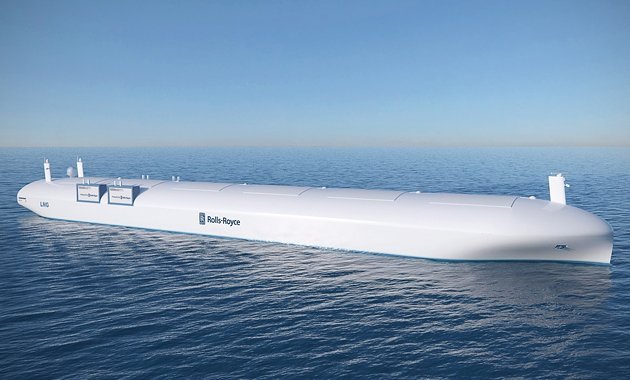The Internet of Things is here

Mike Smith reckons shipping needs to get up to speed when it comes to harnessing Cloud technologies.
In the Maritime CEO Satellite Communication Special Report issued this September, on pages six and seven the future of shipping was discussed. Respected industry veterans such as Dr Martin Stopford were bemoaning how far behind other industries we in the shipping business are. Granted, in other industries, technology has progressed by leaps and bounds, but do we really accept shipping has a mindset that is reluctant to adopt new technologies?
I recommend watching ABB’s Internet of Things (IoT) video, accessible here. Just observe the age group of the ABB technical advisors, some maybe in their early 30s.
We hear a lot about the potential cost-savings by integrating systems, compiling data from shipboard sensors and applying analytics in the Cloud. All this already exists in shipping but not in mainstream shipping.
However, the shipping industry is now in the sights of technology giants like GE, Ericsson, ABB, Wärtsilä and Rolls-Royce, etc, all promoting their solutions to pull shipping into the digital age.
If we reflect back 50 years to the mid-1960s, shipboard automation was standard for newbuildings under construction at shipyards in Europe. The specifications would include unmanned engine rooms, air-conditioned control rooms, consoles on the bridge and radar-based anti-collision systems. The design objectives were to minimise manning levels and improve operational efficiencies. Similar innovations were taking place in Japan and South Korea. In 1961, Japan had already conducted sea trials of the first automated vessel with the engine room controlled from the bridge. There was even a prototype VLCC designed for a crew of nine in the making.
Keeping in mind engineering half a century ago; integrated circuit boards and sensors adapted for shipboard use were prone to failure due to vibrations. Eventually, alarm systems became more reliable; crews became more familiar with Unmanned Machinery Space (UMS) operating procedures, leading owners to accept UMS certified classification.
As for software, in the mid-1980s, most owners and shipmanagers had invested in shipmanagement systems, usually developed in-house, based on mainframe computers operated by computer specialists. Later, proprietary shipmanagement systems continued to evolve; more sophisticated and integrated. It is these legacy technologies that may create difficulties when owners begin to migrate to the Cloud.
In conclusion, shipping’s reputation as a stick-in-the-mud industry, reluctant to adopt new technologies may be about to change. Shipping executives may want to look outside the box and note forecasts by Gartner, predicting over 6bn connected “things” by 2016 and total investments in IoT of more than $868bn.
One should also note Gartner’s index – The Hype Cycle of Emerging Technologies – which shows IoT at the very peak of inflated expectations. That said, shipping executives can expect to see IoT service providers fighting for their attention offering ‘as a service’ (aaS) functions. Namely, Platform, Paas, Infrastructure, IaaS, Data, DaaS, Database, DBaaS and Analytics, AaaS. Therefore, it is very important that shipping companies start to conduct research if they are contemplating outsourcing data management to IoT service providers.

The vendors, including those mentioned, have an interest in remote monitoring. Regarding the path of shipping’s evolution to technologies beyond remote monitoring (pushed, presumably, by the vendors, not by the shipowners), my view is that the “charterers” need to be involved. The charterers reflect broader societal interests, and they are more visible, and more accountable, than the shipping companies. Changes will happen if charterers demand certain systems (could be monitoring, could be other if charterers are forced to take an interest in safety/ environmental footprint of their transport choices/social welfare of folks aboard). Recent LR report highlighted the human/ computer interface which I’ve not seen written about by others in maritime context.
Hi Barry,
If you caught the coverage of Chris Wiernicki’s press conference as IACS chairman he spoke directly to your last point, in interviews with TradeWinds and LL, as well as elsewhere. His words were to the effect of ‘greater use of automation is highly likely but at the end of the day, people are the glue that hold these systems together’ – something I think all class societies agree on.
You’re right though – the impetus for change has to come from the customers, not the vendors telling us they can do it (which of course they can’t yet for many reasons).
Otherwise we just end up with another BWM Convention don’t we?